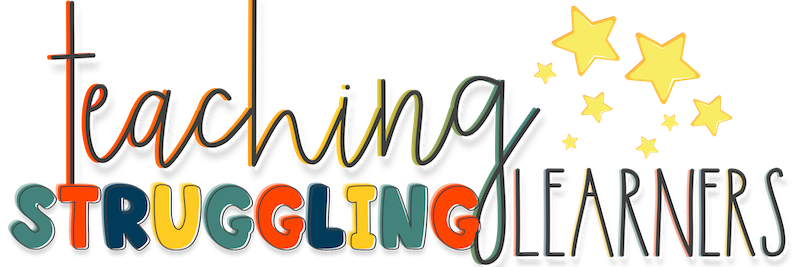In 2022, it is going to be more imporant than ever to work with students rather than against them.

This time of year it seems like everyone is making resolutions about…well…just about everything.
We make these big plans about how much weight we are going to lose or gain. How much healthier we are going to be. Basically we plan to be better people?
As teachers, we make these same type of resolutions for our classrooms and our students. We talk about how we are going to get the students able to write a complete paragraph, or read a chapter book. We come up with these big projects that we know are going to be a massive time suck and frustration-maker.
Very few of the goals we plan make it easier to work with students.
We do this every year because the new year is so full of possibilities.
Honestly, we teachers are actually pretty lucky if you think about it. Most of the world gets one chance a year to restart, but we get 2. At least those of us in the United States do.
We start fresh in August, and then again in January. Our students have the same opportunity, if we give it to them.
I want to encourage you this January to go back to your classroom with all the hype of making new resolutions. Use that to get your students on board to meet some really important goals or milestones. Make some goals that help you work with students rather than them working against you.
How? Actually, it’s pretty easy.
Have a real conversation with a small group of students, or maybe even pairs or one-on-one if you can swing it. Talk about some wins that they and you had last semester, and what are some next steps or milestones that would REALLY make a difference in helping that student or group of students be more successful.
Plan ways to work with students to help them feel more successful in the classroom.

Kids are very aware of areas they are weak in. There is no point in trying to hide their weaknesses from them.
Having an honest and open conversation about where students are struggling and what steps they could take to reach a milestone does a world of good in building strong relationships with students. It also gets students on board to work with instead of against you.
Help students to create their own goals that they can have control over. This would be things that THEY can measure and are meaningful to them. Give students steps THEY can take to meet those goals.
In a world that feels so out of control, give our students something that they can control and we will help them control. This helps their confidence, and our ability to make real change in their learning outcomes. All of a sudden we are working with students rather than against them.
For more information about ways to make goals, check out this FREEBIE that helps you make goals with students. Or check out the blog post for ideas: Making Goals from Screener Data.
Yes, I’m talking about SMART goals for students.
Here is how I’ve gotten kids on board with goals we were working on in the classroom so I was able to work with students on a new level.
First, have that real conversation with your students about what they see as their biggest weaknesses. Help the students to determine which weakness is most in the way of their ability to learn.
The weakness has to be something they have direct control over.
If students are struggling to understand the vocabulary in their textbooks, they could be taught prefixes, suffixes, or root words. That’s a measurable thing, knowing the meanings of root words or prefixes or suffixes.
Next, help them come up with a goal with an end date. For example, they will know the meaning of 20 root words by the end of the quarter. You can help them make a list or just provide them with a list of root words that would most help them in the subject area they are struggling.
After a goal with an end date is set up, talk about and plan how the student can move toward that goal. This plan has to make sense for the student, and be doable.
An example of something that would be realistic is the student reviewing 4 or 5 vocab words every day before reading groups. Or for older students, have the student spend the time the teacher is taking attendance to study some vocab words every day. That helps the student to have a natural reminder to do that vocab practice during the school day, and let’s face it, it’s an added incentive for us to actually take attendance at the beginning of the class period every day. That is really working with students on multiple levels.
Finally, help the student think of a way to track progress toward their goal. Decide if the student will track their progress weekly, bi-weekly, or maybe monthly depending on the goal. Tracking their own progress can be very motivating for students, especially if the goal is a realistic one and they can start to see progress quickly. Seeing progress helps all of us to want to stay on track to win. When teachers work with students to make attainable goals, staying on track gets easy.
For a step-by-step guide in setting goals with students, click here.

And winning, making those gains, meeting our goals or surpassing them….that’s what we are all about isn’t it? Every day being a little bit bigger than the day before.
Just imagine the change we could make for so many students if we were able to work with students rather than at odds with them.
